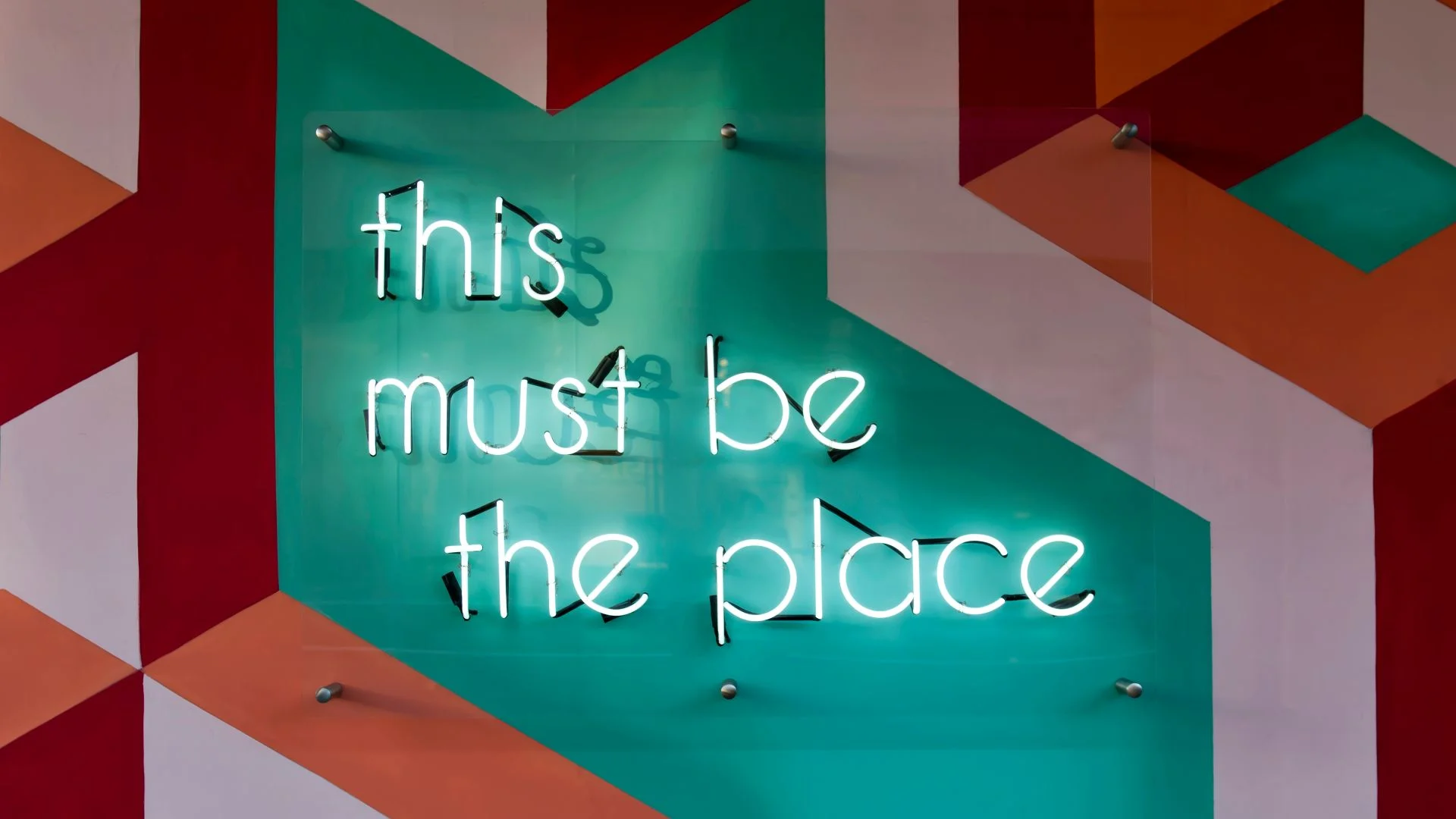LED lights have become the go-to choice for modern lighting — offering energy efficiency, longer lifespan, and sleek aesthetics. But if you’re considering installing them in your home, office, or commercial space, a common concern arises: Are LED lights safe for walls?
Let’s explore the truth behind this concern and help you make an informed decision.
Are LED Lights Safe for Wall Installation?
Yes, LED lights are generally safe for walls — when used and installed correctly. They emit minimal heat, consume low power, and pose significantly fewer fire risks compared to traditional incandescent or halogen bulbs.
However, safety depends on a few critical factors:
- Quality of the LED lights
- Type of surface/wall material
- Proper installation and wiring
- Ventilation and usage duration
Let’s break down these factors in detail.
1. Heat Emission and Wall Damage
One of the biggest myths is that LED lights get hot enough to damage walls or paint. The truth?
High-quality LED lights emit very little heat.
Unlike halogen or incandescent lights that convert 90% of their energy into heat, LEDs are designed to stay cool. This makes them safe to install directly onto walls — including painted surfaces, wood panels, and even wallpaper, without the risk of scorching or discoloration.
However, if you’re using enclosed LED fixtures or running them continuously for long hours, a small amount of heat buildup is possible. To avoid issues:
- Use LED strips or panels with built-in heat dissipation systems
- Avoid placing them in tight or poorly ventilated areas
- Choose lights from a reputed LED lights manufacturer that meets global safety standards
2. Wall Surface and Material Considerations
Most walls — concrete, plaster, wood, or tile — can easily handle the minimal heat produced by LED lights. Still, consider the following:
Painted Walls:
LEDs are ideal. Just ensure your lights aren’t in direct contact with easily peelable paints or finishes.
Wallpapered Surfaces:
Use LEDs with low surface temperature. Over time, adhesives in wallpapers may weaken if exposed to prolonged heat, even from LEDs.
Wooden or Fabric Panels:
Use LED lights that are certified for low-heat emission. Avoid high-wattage or cheap LED strips that lack proper thermal control.
Moisture-Prone Areas:
In bathrooms or kitchens, ensure you use IP-rated waterproof LED fixtures that won’t react with wall materials or cause mildew.
3. Installation: Why It Matters
Incorrect installation is one of the main reasons behind wall damage, not the LED lights themselves.
Here’s how to keep your walls safe:
- Avoid gluing or taping LED strips directly onto the wall paint; use mounting clips or LED channels
- Don’t overload circuits — always use recommended drivers and controllers
- Hide or manage wires properly to prevent sagging or friction with wall surfaces
- If you’re using recessed LED wall lights, ensure the wall cavity has enough space for heat dissipation
Hiring a professional or following the brand’s installation guide is key to long-term wall safety.
4. LED Light Strips: Safe for Decor?
LED strips are especially popular for wall accents, cove lighting, behind TVs, and under shelves. Are they safe?
Absolutely — but only when using high-quality LED strips from reliable sources.
Cheap, unbranded strips may:
- Overheat due to poor chips or resistors
- Lose adhesive strength and fall off, damaging the wall
- Flicker or short-circuit, increasing risk over time
Always check the LED strip’s voltage, power rating, and heat output before applying it directly to walls or wood.
5. Can LED Lights Cause Wall Discoloration?
If you’re using white or warm white LEDs, they won’t discolor walls. However, colored LEDs or poor-quality diodes can sometimes cause slight staining over long periods, especially on light-colored walls.
To avoid this:
- Use color-safe lighting profiles or diffusers
- Periodically clean both the light casing and wall surface
- Choose UV-free LEDs to prevent paint fading
6. Environmental and Electrical Safety
LED lights are among the safest lighting technologies — not just for walls, but for the environment too. They’re:
- Mercury-free (unlike CFLs)
- Shock-resistant
- Low voltage
- Less prone to overheating
When installed by a certified technician, LEDs pose minimal fire risk and no electrical hazards to your walls or property.
7. Best Practices for Long-Term Wall Safety with LEDs
Here’s a quick checklist to follow:
- Use LED lights from certified manufacturers
- Check for UL, CE, RoHS, or BIS certifications
- Install using brackets or channels, not direct adhesives
- Avoid overloading or improper wiring
- Clean LED fixtures periodically to prevent residue buildup on walls
- Always follow the recommended usage duration and positioning
Why Choose Jivah for Safe LED Lighting?
When it comes to safety, performance, and aesthetic appeal, Jivah leads the way. As a trusted LED lights manufacturer, we design lighting solutions that are not only energy-efficient but also wall-friendly, safe, and certified for long-term use.
Our products undergo rigorous quality checks, ensuring:
- Low heat output
- Safe mounting accessories
- Long-lasting, fade-free illumination
- Compatibility with all wall types
Final Thoughts: LED Lights Are Safe — If You Choose Right
To answer the question directly:
Yes, LED lights are safe for walls — provided you use high-quality products, install them properly, and maintain them with care.
They offer one of the best, safest, and most versatile lighting options for any space — without damaging your walls.
Ready to Light Up Your Space Safely?
Discover wall-safe, energy-saving, and beautifully designed lighting with Jivah — a leading LED lights manufacturer committed to quality, innovation, and safety.
👉 Contact us today to explore our range of certified LED lighting solutions for homes, offices, and commercial spaces.

